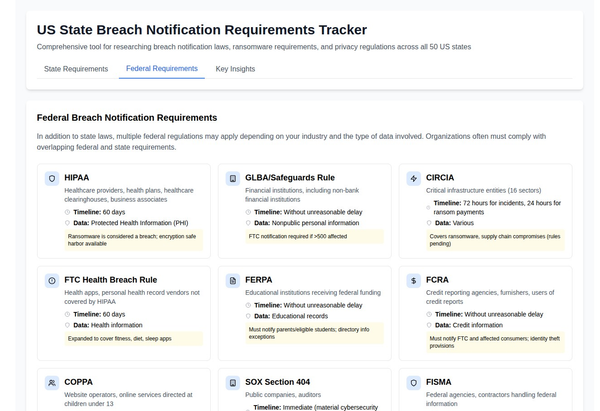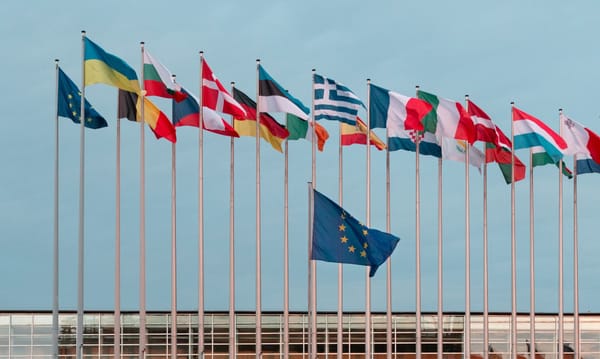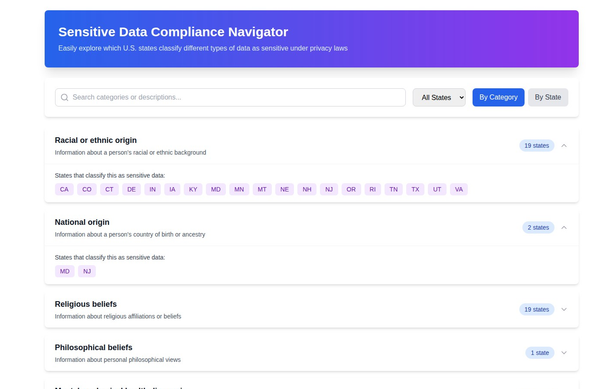Navigating Cross-Border Data Transfers: A Comprehensive Guide to ASEAN Model Contractual Clauses and EU Standard Contractual Clauses

Introduction:
The European Commission and the Association of Southeast Asian Nations (ASEAN) have jointly published a Reference Guide to ASEAN Model Contractual Clauses (ASEAN MCCs) and EU Standard Contractual Clauses (EU SCCs) on May 24, 2023. This guide is aimed at helping international businesses comply with cross-border personal data transfers and the relevant laws across the European Union (EU) and South-East Asia. The Reference Guide compares the ASEAN MCCs and EU SCCs, highlighting practical similarities and differences.
The digital age has made data transfers integral to global business operations. However, with the increasing importance of data privacy, businesses must navigate complex regulatory landscapes to ensure compliance with various national and international laws. This article provides a comprehensive guide to understanding the ASEAN Model Contractual Clauses and EU Standard Contractual Clauses, key tools for ensuring compliance in cross-border data transfers.
ASEAN Model Contractual Clauses: The Association of Southeast Asian Nations (ASEAN) has developed Model Contractual Clauses as a tool to facilitate cross-border data transfers within the region. These clauses provide a framework for data controllers and processors to ensure that data transfers comply with the data protection laws of ASEAN member states. The clauses cover key areas such as the rights of data subjects, the obligations of data controllers and processors, and the mechanisms for data breach notifications.
EU Standard Contractual Clauses: The European Union's Standard Contractual Clauses are a set of provisions adopted by the European Commission that provide a legal mechanism for transferring personal data outside the EU and EEA. They are one of the safeguards under the General Data Protection Regulation (GDPR) that ensure that such transfers meet the high standards of data protection required within the EU.
Comparing ASEAN and EU Clauses: While both sets of clauses aim to protect personal data during cross-border transfers, there are differences in their scope and application due to the different legal and regulatory contexts in which they operate. For instance, the EU clauses are legally binding on all EU member states, while the ASEAN clauses serve as a guideline for member states, which may have their own national data protection laws.
The Joint Guide:
The Reference Guide is the first part of a two-part guide to the ASEAN MCCs and EU SCCs, collectively known as the Joint Guide. The second part, also known as the Implementation Guide, is currently under consideration by the EU and ASEAN. It will provide best practices that companies could adopt to meet the requirements of both sets of contractual clauses. The Joint Guide aims to provide practical guidance for businesses operating across these two regions to facilitate compliance with applicable data protection requirements while providing for the cross-border transfers of personal data.
Overview of the Reference Guide:
The Reference Guide is divided into three parts:
- General – dealing with practical matters on entering into the ASEAN MCCs / EU SCCs as well as the interpretation of key concepts used in the contractual clauses.
- Obligations for controller-to-controller transfers – relating to the contractual requirements and commitments contemplated under the ASEAN MCCs and EU SCCs for data protection safeguards, data subject rights and compliance, dispute resolution, and termination in the context of use of the relevant controller-to-controller transfer modules.
- Obligations for controller-to-processor transfers – this sets out similar considerations as controller-to-controller transfers but in the context of use of the relevant controller-to-processor transfer modules.
Key Takeaways:
The Reference Guide is a significant step by the EU and ASEAN to untangle potential complications of using multiple model clauses for export and to facilitate compliance through interoperability by showing alignment between the EU SCCs and ASEAN MCCs. However, businesses will still need to conduct appropriate data mapping exercises and transfer impact assessments before exporting personal data, especially for outbound transfers of personal data from the EU. They also need to put in place appropriate operational safeguards to ensure compliance with data protection regulatory requirements of the relevant jurisdictions. The imminent publication of the Implementation Guide is important as it should guide businesses on how to practically manage the differences between the EU SCCs and ASEAN MCCs, helping businesses streamline operations for EU-ASEAN cross-border data flows.
Conclusion:
Navigating the complex landscape of data privacy laws can be challenging for businesses operating across borders. However, tools like the ASEAN Model Contractual Clauses and EU Standard Contractual Clauses provide a framework for businesses to ensure compliance with these laws. By understanding and implementing these clauses, businesses can avoid legal pitfalls and build trust with their customers and partners by demonstrating their commitment to data privacy.
Please note that this is a general overview and may not cover all aspects of the ASEAN Model Contractual Clauses and EU Standard Contractual Clauses. For a detailed understanding, consulting the original documents or seeking legal advice is recommended.





